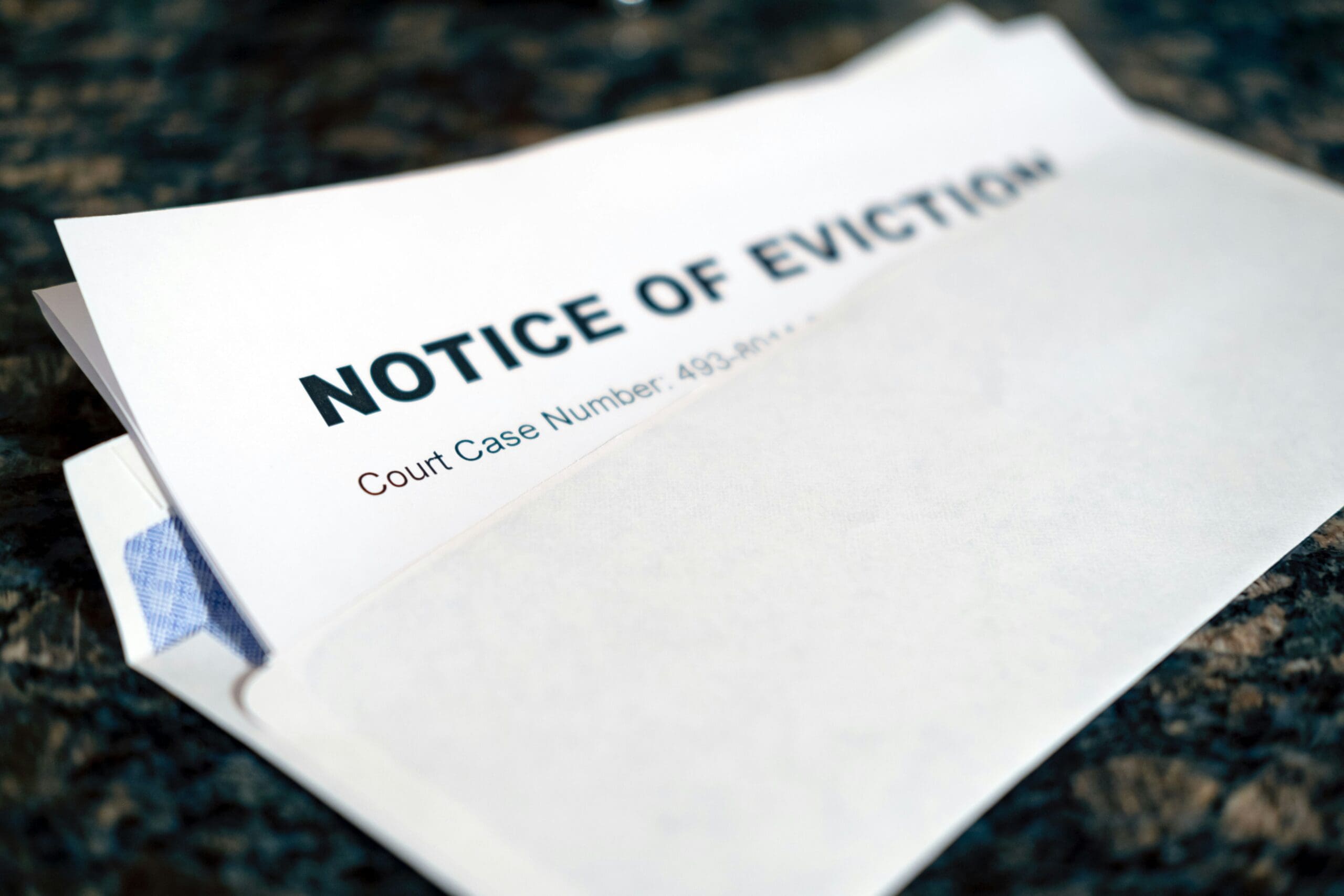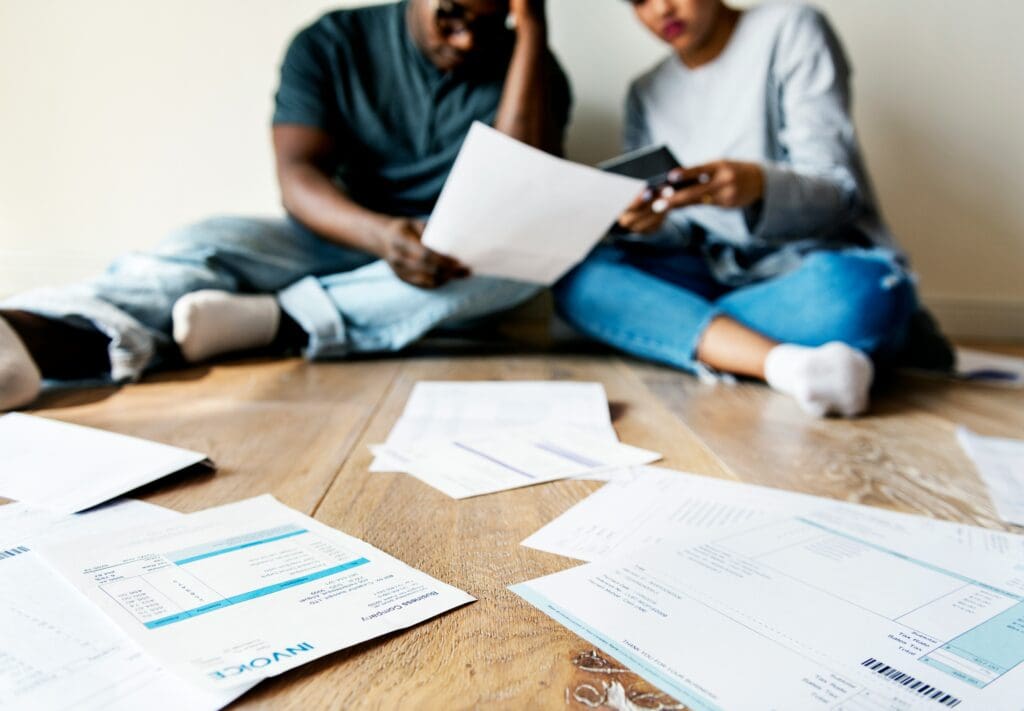How to Use Form N244 to Stop You Losing Your Home

Estimated reading time 7 minutes
The fear of repossession can be scary. Knowing that the home you’ve put time, money and love into could soon be in the hands of someone else can send you into a spiral of confusion and worry.
Luckily, repossession is often a slow-moving process and can be avoided if you work with your lender to come to a suitable arrangement. However, it is not always the case, and sometimes, the entire process can be worked through quite fast, leaving you with a repossession imminently taking place.
We’ve put together a guide about avoiding house repossession that provides you with a host of tips on the processes that get worked through, but today, we are going to take a deep dive into Form N244. A valuable asset that can help suspend an eviction and possibly help you keep your home.
What is Form N244?
Form N22 is an application form that can be used to delay or stop a repossession. It’s used in England and Wales to make applications in civil court proceedings and can be used for more than just property-related issues.
It could be used to set aside, delay or vary a court order and also be used to suspend the enforcement of a judgment, such as repossession.
Think of it as a way to formally request something from the court.
What is Form N244 used for?
Form N244 is commonly used for three things:
- The setting aside or variation of a court order
- The suspension of the enforcement of a judgment (this could be where you ask the court to stop an eviction whilst you try and find an agreement with your creditor)
- The application for permission to appeal a decision made by the courts.
So, could an N244 form stop eviction?
It can do. By using the N244 form, you can ask the court to stop bailiffs evicting you if you know that you could clear your arrears with a monthly payment plan. Of course, there is no guarantee that your request will be granted, but with the N244 completed accurately and your willingness to resolve the debt issue, you could find a court ruling in your favour.
When should you complete form N244?
An N244 form is normally completed after a repossession hearing. In that hearing, it may have been determined that you have broken any previous payment plan agreement or stayed in the property longer than you were allowed to.
When this is the case, your lender must send you a notice explaining that they have asked bailiffs to evict you. Upon receipt of this notice, you could be evicted within 14 days.
The bailiffs will then send an eviction notice giving a planned date and time for it to happen. Within the notice, they will also provide you with guidance on what you can do about it and how to contact both them and your lenders' solicitor.
It would now be advisable to complete form N244.
How do you complete form N244 to stop bailiffs taking your home?
Form N224 is your way of asking the courts to stop the bailiffs pressing ahead with the eviction. To submit the N244 application, you’ll have to pay £15, but you can download the form for free from the government website. The fee is then paid on the day of your hearing, or in advance if you prefer. Should you find paying the fee puts you under undue financial stress, you can request assistance.
Below, we’ll give you step-by-step guidance for completing the form.
Section 1
Fill out the name section with your full name. Don’t use names you are known for or shortened names. If your name is Phillip, but your friends call you Phil, put Phillip on the form.
Section 2
Section two asks if you are the claimant, defendant, a legal representative or something else. Tick the defendant box.
Section 3
Section 3 asks what you are asking the court to do. You should complete this section by asking for the suspension of the warrant of possession, and that you can meet your contractual mortgage payments, along with an additional monthly amount to cover the arrears. State what the additional amount will be.
Section 4
Section 4 will ask if you have attached a draft of the order you are applying for. Tick no.
Section 5
In this section, you’ll be asked where you want your application to be heard. You have the option of a hearing, a remote hearing or without a hearing. Tick at a hearing.
Section 6
Section six asks how long you expect the hearing to last. You can leave this blank, but it is widely accepted that you can state 10 minutes.
Section 7
This part of the N244 form wants to know about any fixed trial date or period. You can leave this blank.
Section 8
Your hearing will need to take place in front of a specific judge; section 8 is for you to indicate what kind of judge it will be in front of. Write district judge.
Section 9
In the ninth part of the N244 form, you need to indicate who should be served with your application. In this box, write claimant. A copy will be kept by the court and also sent to the claimant. Put their address in the box too, for additional clarity.
Section 10
The tenth part of the N244 form is perhaps one of, if not the most important part of the form. This is where you can set out your evidence to support stopping your eviction. Firstly, tick the box that says, the evidence set out in the box below.
In this box - bear in mind, it is small, so you may need additional paper – explain the following:
- Why you broke the terms of any initial order
- When this breach of the terms took place
- What you have done to ensure it won’t happen again
- How your financial situation has changed for the better
Section 11
The final section is simply to ask whether you or anyone who may be giving evidence on your behalf is vulnerable or may need special support. Fill out the box if this applies to you.
Then sign and date the statement of truth at the bottom of the page.
When should the courts receive your N244 form?
You want to get the form into the court as soon as possible. Courts can work extremely slowly, and by holding off a day or posting it second class, you could see yourself edge closer to eviction rather than resolution.
If you can, take the form to the court yourself; if this isn’t possible, write the eviction date on the top of the form and mark it as urgent. Then give the court a call a few days later to see if they have it.
Once you have submitted your form, contact the lender and the bailiff to inform them you are asking for the eviction to be stopped.
What will the court do once they have your N244 form?
The court will organise a hearing which you must attend. They will review your proposal and may order the eviction to be cancelled. However, they may also deem your proposal unreasonable or see that you have previously tried a payment plan and defaulted on it. If this is the case, they will likely allow the eviction to proceed.
Should you be concerned that eviction is a real threat, Bettermove can help. We make it easy for you to sell your house fast, by offering two routes to sale that are built around you. We either buy your house ourselves, with completion in as little as seven days, or we present it to an exclusive network of cash house buyers. Either way, your sale is guaranteed, and funds can be in your account fast, helping you satisfy any outstanding debt if need be.



